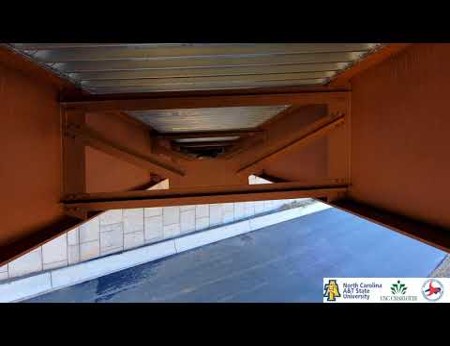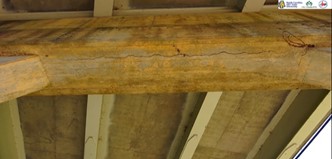This project performed
preliminary work to support use of Unmanned Aerial Vehicles (UAV)-based for bridge
inspections, providing an economical and safer alternative to conventional
inspection practices. The main challenge is that most existing technologies
rely on general-purpose UAV platforms and there is no verified methodology for
UAV-enabled bridge inspection principles and relevant considerations to
reliably obtain inspection data.
There have been some efforts to use
general-purpose commercially available UAVs for bridge inspection. However, the
turbulent environment that often exists around bridges requires customized and
enhanced UAV platforms with a higher level of robustness, taking into account
the bridge type and structure as well as the weather conditions around the bridge.

Additionally, the data-acquisition capabilities of commercially available UAVs
need to be compared to those required for bridge inspection. Previously, there
has not been a study to quantify the gap between the performance of the
commercially available UAVs and ideal desired performances. In this
multidisciplinary project, a comprehensive set of experiments were developed
for selection, testing, and evaluation techniques of candidate UAVs, the
complex nature of flying UAVs in close proximity to bridges was explored, and
the limitations of UAV flight due to turbulent flows around bridge components
and nearby terrain was assessed. Commercially available platforms for bridge
inspection were selected, tested, and evaluated.


Deliverables
from this project include: (1) measurable metrics to evaluate the performance
of UAVs for bridge inspection, (2) experiments to test the suitability of UAVs
for bridge inspection, and (3) a comprehensive analysis near-bridge environment
flow field. Computational analysis of air flow patterns near bridge elements
shows that the bridge geometry creates areas of turbulence and flow variation
which impact the control requirements of the UAV. Local weather conditions can
amplify these areas.
Test flights were performed at selected structures to
provide additional insight into the flight and data collection capabilities of
the UAVs under consideration. Findings and deliverables from this project will
help NCDOT justify capital purchases made to support UAV-assisted inspection,
as well as additional research needed to integrate UAVs into their current
bridge inspection processes. Ultimately, this work supports a follow-up project
to develop workflows and implementation tools for efficient UAV-enabled bridge
inspection.
